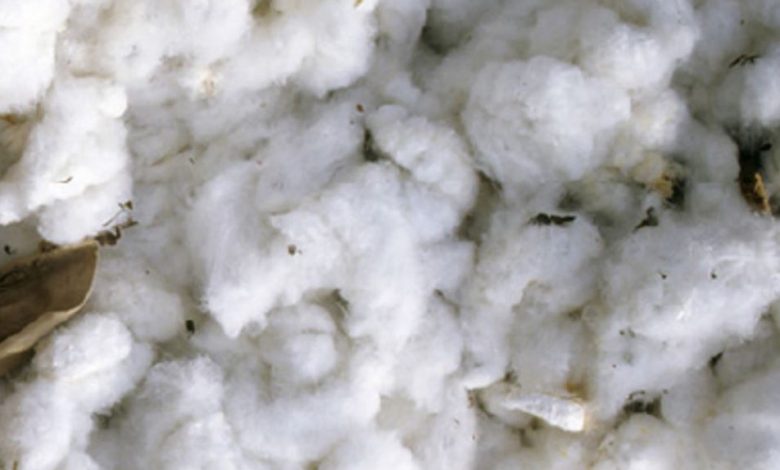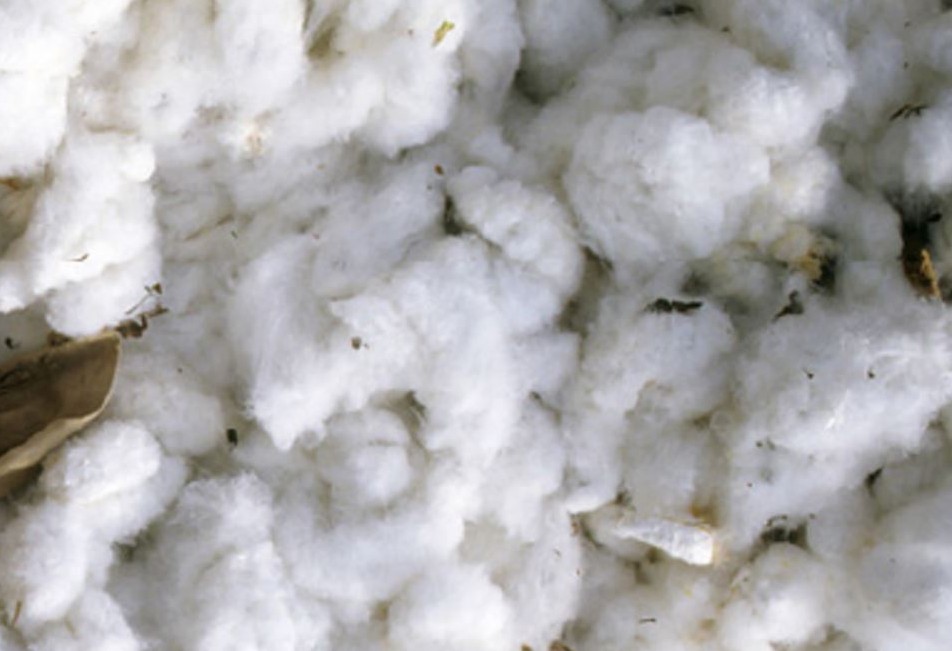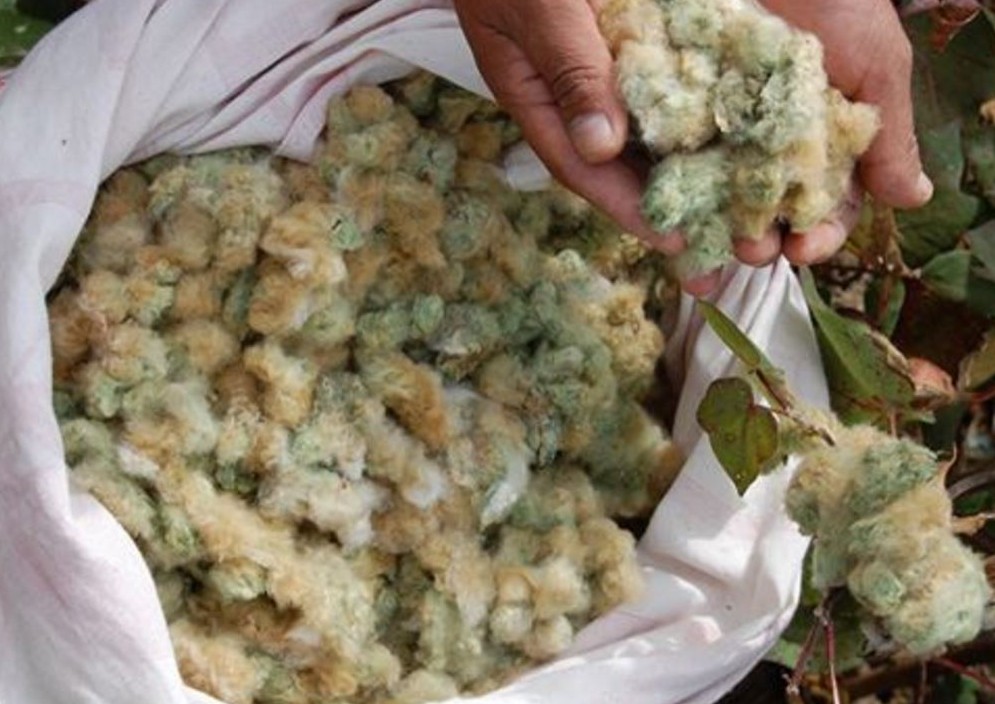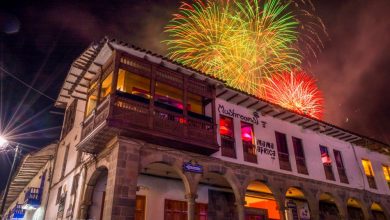Intersections: Unravelling Peruvian Pima Cotton


Peruvian Cotton, The Finest in the World
Peruvian Pima Cotton. (1) The words stopped me. This was an unlikely connection; the cotton of my youth, plants that scratched my arms as I waded through to touch the downy whiteness of their fibers and…Peru? How could “Pima” cotton be in Peru? I took the bait. I was not sure if I were the fish or the fisher as the string tugged.
I stretched my mind back along my thread to my early childhood, but the realities I had known were echoes of former times. In the early 1900s, “At an experimental farm in Sacaton, (Arizona) Pima Indians cultivated cotton hybrids until ideal traits were achieved. … This long staple cotton was named ‘Pima’ after the Pima Indians who grew it, and released into the market in 1910.”
I imagined the farmers, clad in workers clothes, enduring the hot sun to pick the crop of cotton. I had seen the progeny of those men and women, in the fields near my home. Bags on their backs, they picked in the unrelenting heat of the Arizona sun. As a child, I did not understand the need for the cotton, even as my own cotton dress caressed my legs as I ran up and down the paths that led to the cotton fields.

Flying along the dusty trails on the wings of my feet, I never guessed that cotton had been a necessary component of wing coverings and airplane tires. The fibers needed to be strong; strong enough to withstand the stresses of flight and landing. The longer fibers of the “Pima” cotton were indispensable to the success of the aircraft industry. Goodyear Tire and Rubber Company purchased land in Arizona and other tire manufacturers such as Dunlop and Firestone followed suit. Eventually 800,000 acres were cultivated in “Pima cotton”. Many of the fibers grown in Arizona found their way to foreign soils as World War I escalated. It was an important time for the ‘airship’ and cotton was the fiber that made those dreams, and nightmares, fly.

That was my reality, the idea that true Pima cotton belonged in those brown hands of the Indians bearing the name Pima and to the brown backs of the workers that picked the crop in my backyard.
But that particular history was a partial one. I needed to travel farther back along the line of time… back over many millennia to understand the story of cotton.
First, a name. How could I know something without knowing the name? It made me realize again how short and tenuous my thread was in reality and I realized the absurdity of looking for clues with a name that had been given long after the usefulness of Gossypium barbadense Linneaus had been found. I am sure the plant had many names before the one given by a wandering botanist, but that was its Latin name, good for doing research.
G. barbadense L. was named after its assumed habitat of Barbados. It has been known by alternative scientific names such as Gossypium evertum, gossypium peruvianum, Gossypium vitifoliu, and Gossypium brasilinese (USDA 2006). It is commonly known as Creole cotton, Egyptian cotton, extra-long staple or ELS cotton Indian cotton, Sea Island cotton or Pima cotton.(3)
Although it is almost impossible to determine the origins of the many species of G barbadense, archaeological remains indicate that indigenous people of coastal Peru were harvesting wild populations of the plant since 2500 BCE. (Over 5000 years ago). Fibers have been found along the coast of Peru that indicate that cotton was being domesticated and bred to have longer fibers and kidney shaped seeds that were easier to pull from the threads of the boll. The G. barbadese was a had longer fibers than its Northern cousin, G. Hirsutum (for its hairy seeds) found in the Techuacan Valley of Mexico. (4) And it was easier to remove the seeds.
The cotton of Peru (I preferred the name G. Peruvianum) was used for fishing nets was also woven into pieces of cloth. The cotton found in these early settlement sites along the coast of Peru was different colors, particularly chocolate, reddish brown and ‘near white’ and “the chocolate colored fibers had a very soft texture” (5)

Cotton came in colors? My feelings must have echoed in some way those of archeologist turned anthropologist, Dr. James Vreeland when he first discovered that the natural fibers he was studying did not seem to have a dye component.
“The existence of colored cotton had been all but forgotten” Dr. Vreeland states. He, in turn, must have been as surprised as the Spaniards. According to him,
“Cuando las huestes españolas atravesaron por primera vez los valles del desierto costeño, en los albores del año 1531, descubrieron, con sorpresa, extensos sembríos del algodón nativo que crecían en profusion de ricos colores naturales, incluyendo, (entre otros tonos), el blanco, pardo, marón y lila” (6)
The chocolate colored cotton had been used as payment and tribute to the Aztecs for centuries. These beautifully rich colored cottons were so different than the cotton that had come from Africa, which had shorter whiter fibers, that it was part of the first shipment of glories found in ‘the new world’ sent back to the royal courts in Spain.
But if colored cotton existed, why was it not common today? Once chemical dyes became common, the value of the white long staple cotton rose, but the other cottons were not as valuable. Fearing that the darker colors would cross breed and contaminate the white cotton, the Peruvian government in the 1930’s ‘declared war’ on native cotton and ordered that all plants be destroyed. We only have these plants today because farmers harbored these refugees in their gardens and they “remained undetected by the authorities”. (7)
The threads I had pulled had led me to Peru and the early use of cotton as a fishers net. The dark colors of the chocolate colored cotton worked well for fishing nets as it was less visible to the fish. But there were other niggling questions wriggling in those nets. Why was the cotton brown like chocolate?
Unraveling that particular yarn could wait until another day. Today I would pull on my cotton shirt, my cotton jeans and make myself a cup of hot cocoa.
1.) http://www.peruvianconnection.com/category/fiber+and+product+information/peruvian+pima+cotton.do
2.) http://arizonaexperience.org/remember/pima-cotton-boom
3.) http://www.ogtr.gov.au/internet/ogtr/publishing.nsf/content/cotton-3/$FILE/biologycotton08.pdf
4.) http://www.jstor.org.ezproxy.uvu.edu/stable/1735480?Search=yes&resultItemClick=true&searchText=History&searchText=of&searchText=Gossypium&searchText=barbadense&searchUri=%2Faction%2FdoBasicSearch%3FQuery%3DHistory%2Bof%2B%2B%2BGossypium%2Bbarbadense%2B%26amp%3Bacc%3Don%26amp%3Bwc%3Don%26amp%3Bfc%3Doff%26amp%3Bgroup%3Dnone&seq=3#page_scan_tab_contents
5.) Ibid
6.)https://www.academia.edu/6087377/Recuperando_el_algod%C3%B3n_nativo_una_tecnolog%C3%ADa_nativa_para_la_agricultura_del_desierto_peruano
7.) http://latinlover.us/blog/2015/3/12/native-cotton-in-peru-1




